The iOS 8 Review
by Brandon Chester on September 17, 2014 1:00 PM ESTDesign Tweaks
Apple often makes tweaks to existing applications, even when they are not doing an entire redesign. iOS 8 is no exception. I've already covered some of the more significant design changes such as the new Control Center and the new parts of the interface in Messages. Below are some of the other various visual changes that I noticed going from iOS 7.1 to iOS 8.
Clocks App. iOS 7.1 on the left, iOS 8 on the right.
The circular buttons in the Clock application no longer have a border, and the lap button has been given a background that is slightly different than the grey color of the app itself. This is a similar change to what we saw with the buttons in Control Center. It seems that Apple no longer feels that users require that a button has an explicit border to recognize that it can be pressed. The smartphone is something most people are familiar with today and so it makes sense that design conventions that would have been necessary with older versions of iOS are no longer necessary today.
The Share Sheet. iOS 7.1 on the left, iOS 8 on the right.
Apple has also modified the design of the Share Sheet. There is slightly less spacing between icons, and the action buttons in the bottom row also adopt Apple's new style for buttons. The sheet itself is now like a floating card that is separated from the cancel button at the bottom.
The last design change that I noticed is that landscape mode in Apple's stock applications is now a fullscreen interface, with no status bar at the top. This affords a bit of extra space but when using landscape mode I usually have the keyboard up and there's still not even remotely enough space on an iPhone's display to fit much besides the keyboard in landscape orientation. It's possible that this feature offers a greater advantage on newer devices like the iPhone 6 and 6 Plus with their higher screen resolutions.
Application Changes and Additions
Weather. iOS 7.1 on the left, iOS 8 on the right.
Apple's Weather app receives some improvements in iOS 8. As I mentioned earlier in the section about Notification Center, Apple now sources their weather information from The Weather Channel rather than Yahoo. This allows the app to provide more detailed information and that required some changes in its interface. Both the hourly and daily forecasts have been extended to show information further into the future. Accessing the additional dates requires swiping up in the application. This also reveals a section with detailed information about the current weather. Previously this information was accessed by tapping on the current temperature, which wasn't a very obvious gesture. Putting it at the bottom was also necessary to fit additional information like the UV index, visibility, amount of precipitation, and sunrise and sunset times.
Facetime. iOS 7.1 on the left, iOS 8 on the right.
FaceTime receives some design tweaks in iOS 8 as well. After the inclusion of FaceTime audio calls in iOS 7 it looks like Apple has seen fit to split the app into a section for video calls and a section for audio only calls. The navigation buttons at the bottom have been removed, with the recent calls page now being the main page of the application. The plus symbol in the top right now brings up a list of contacts to select from, rather than its previous function of adding a new contact that seemed out of place.
iOS 8 also brings a new Tips application with hints and information about how to do things on your iPhone or iPad. Given that most things on iOS are designed well enough that they're fairly evident to the user, I don't really see why another application taking up space on my 16GB device is necessary.
In addition, Apple's Podcasts and iBooks apps have also been added as stock applications. Because of this, iBooks is able to adopt the transparent design with the device's wallpaper showing through, like the Newsstand app. Again, I don't think a large enough percentage of users use these applications frequently enough to make them worth including with the operating system rather than keeping them as optional downloads from the App Store. Having to hide them in a folder is annoying, and I feel constrained enough trying to manage storage on 16GB iOS devices with the current size of the OS and all its apps.


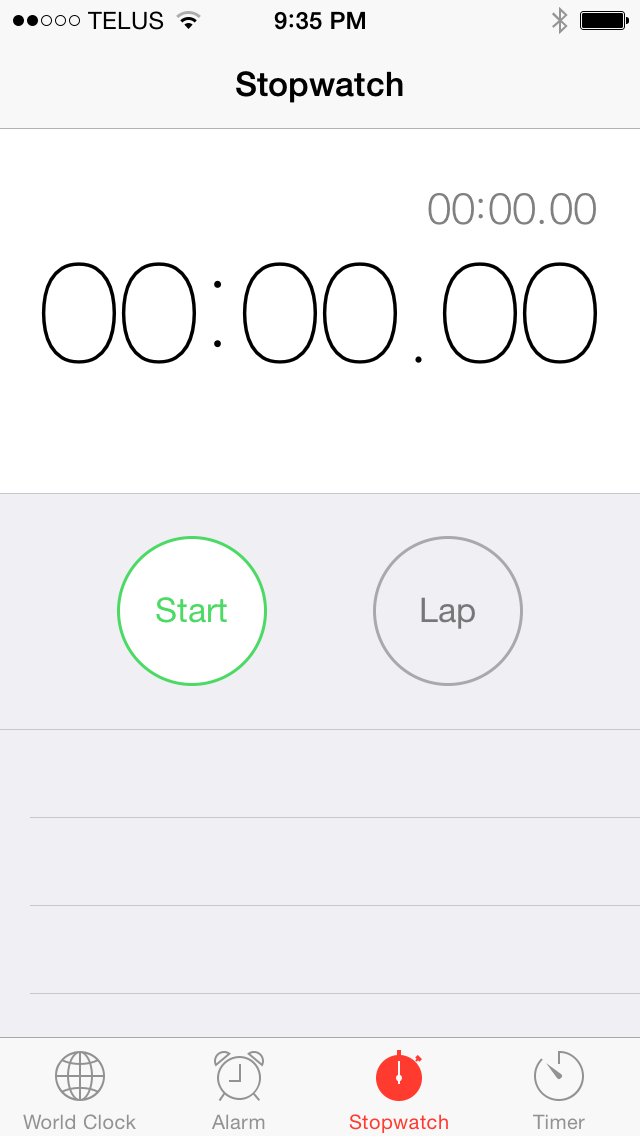
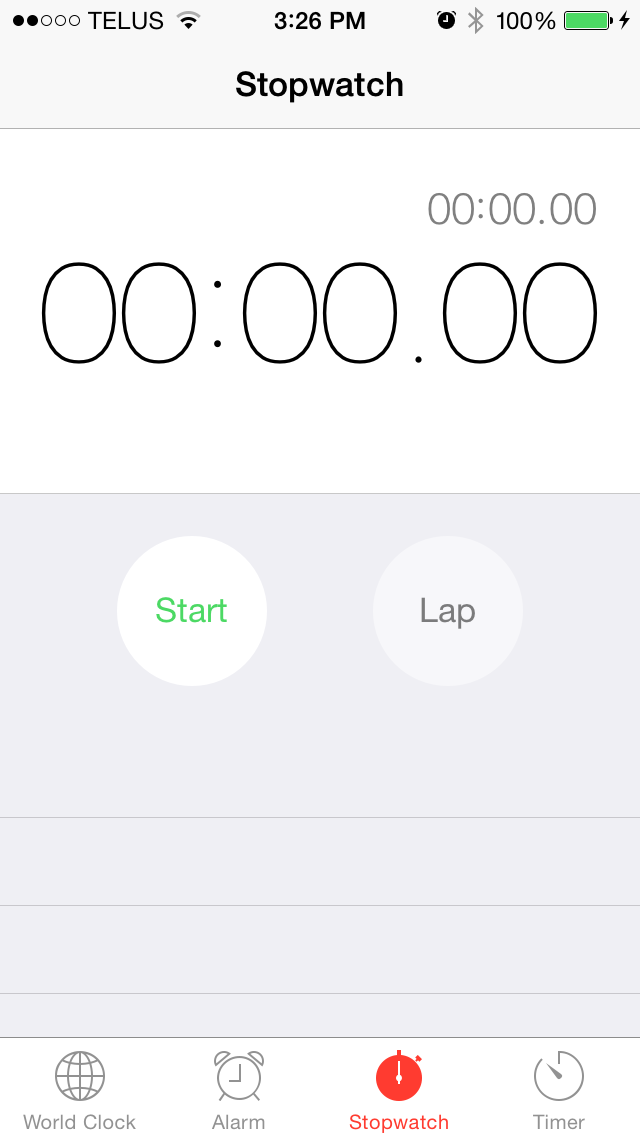
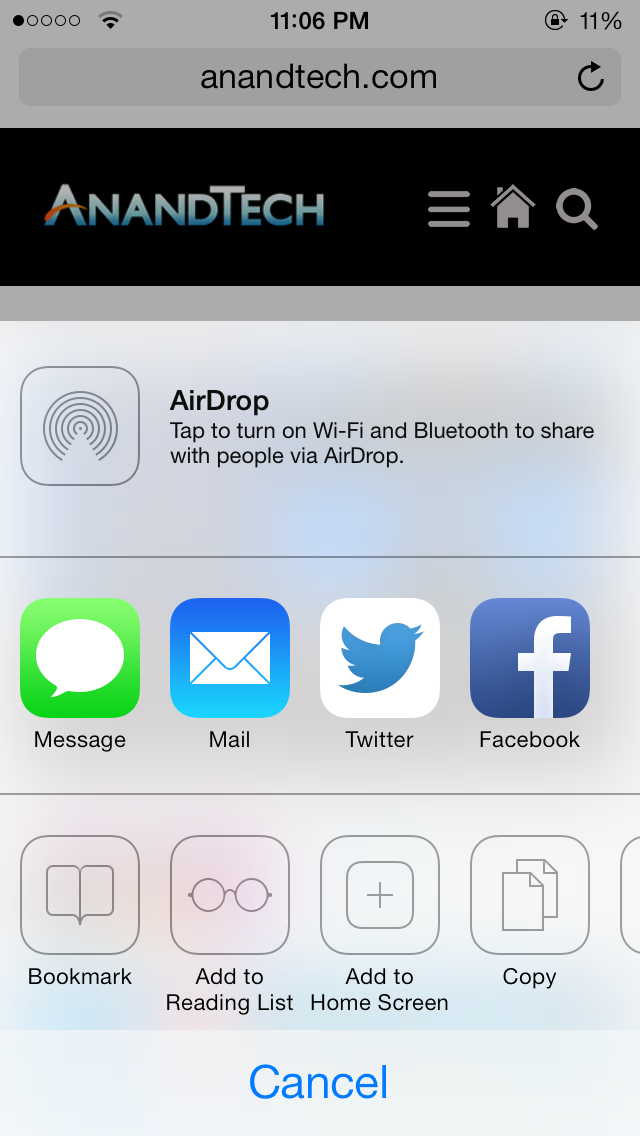
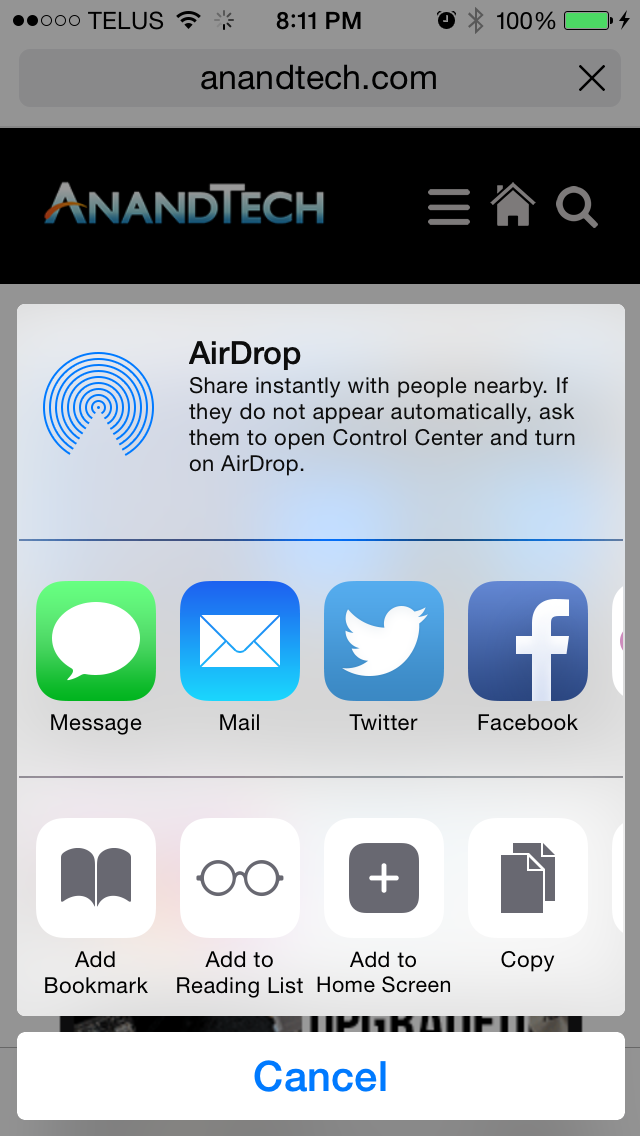
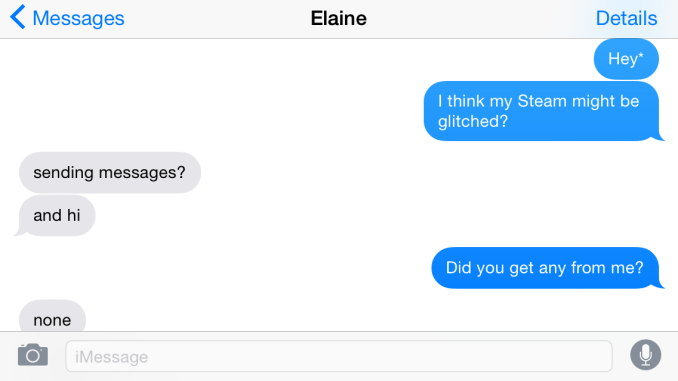
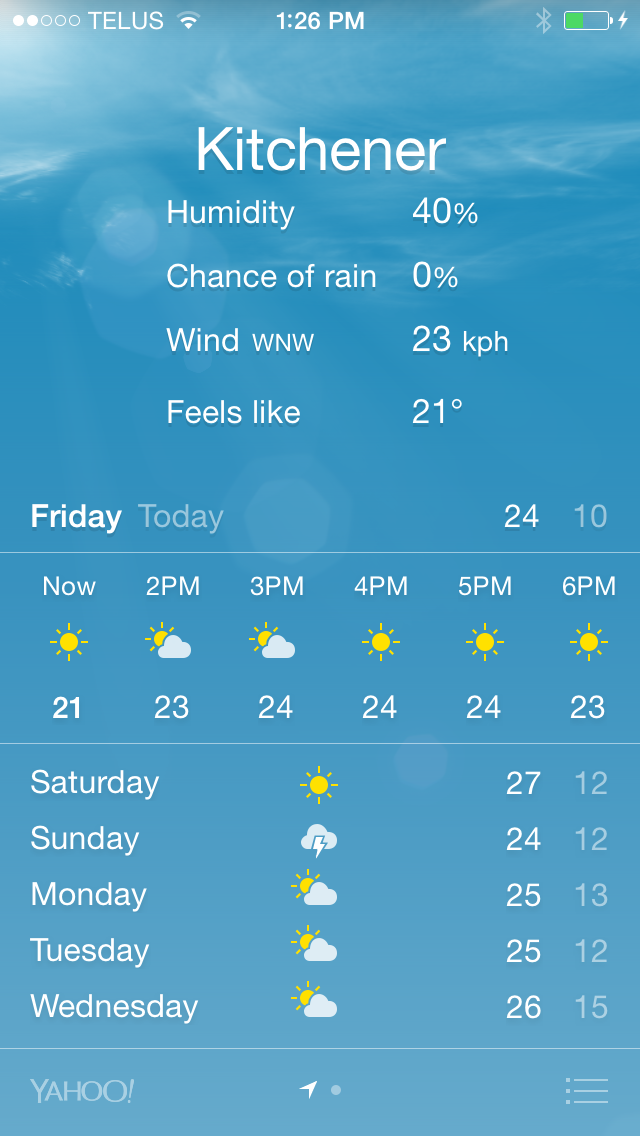

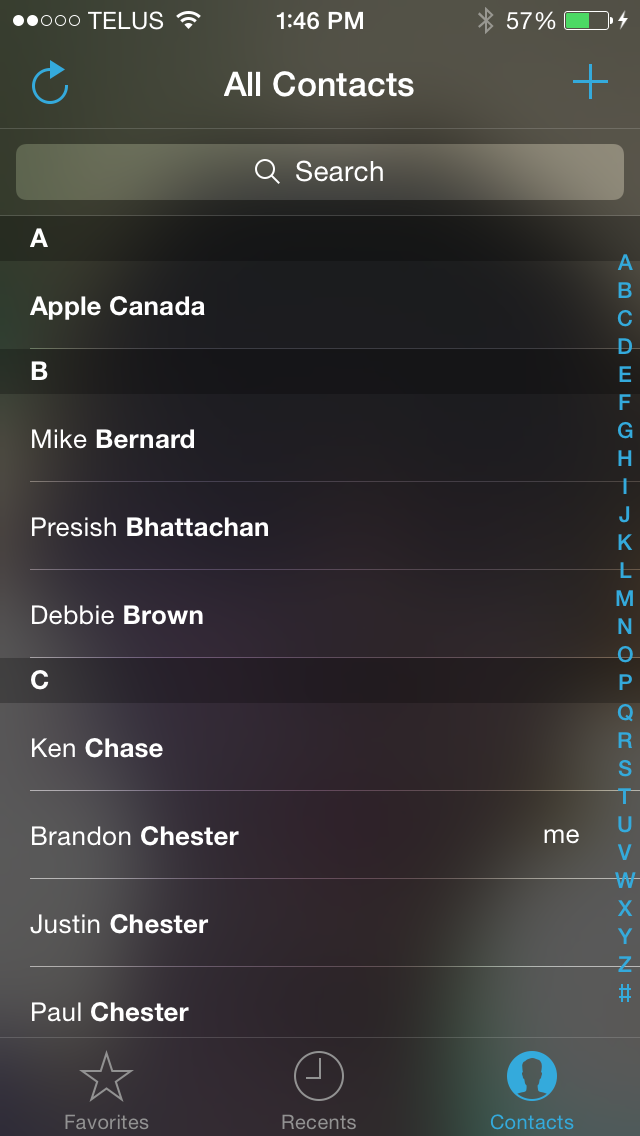
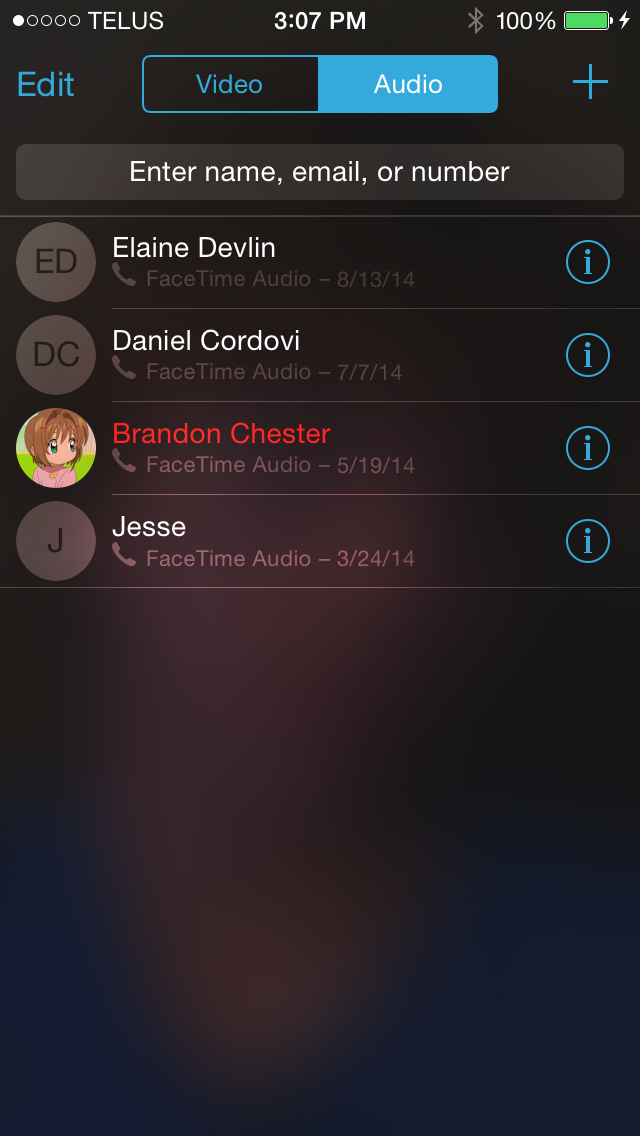








164 Comments
View All Comments
kezeka - Thursday, September 18, 2014 - link
I guess you and I stand alone in this regard. Nearly all of my friends have iPhones. It is a huge help within hospitals, since we are all able to communicate using the ubiquitous wifi and not rely on cellular services. Also helps that imessage is end to end encrypted so it theoretically doesn't violate HIPAA which is a HUGE deal.tuxRoller - Thursday, September 18, 2014 - link
Is imessage hipaa certified? If not, please tell me you aren't using it to transmit confidential patient data...Impulses - Thursday, September 18, 2014 - link
Tons of MDs are blissfully unaware of HIPAA regulations, specially amongst older gens. I know more than a few who keep patient data on Dropbox etc. I'm actually surprised more private practitioners aren't burglarized as a source of data for identity fraud.mikato - Friday, September 19, 2014 - link
There is no HIPAA certification (that means anything). Do you mean HIPAA compliant? I believe kazeka is right about the theoretical HIPAA compliance of iMessage... but it would be reaaaallly easy to send a message that went out through regular SMS instead and you might not know until the message sends and you see it's colored green instead of blue... so I'd avoid doing that.NetMage - Monday, September 22, 2014 - link
Actually, before you type in the text box it indicates whether it will use iMessage or Text Message to transmit, and if iMessage fails you must manually resend and select SMS before it will switch.Also, HIPAA compliancy is a matter of accepted practice and individual business / provider decisions, and if Duke thinks SMS Text Messages are okay, I'm pretty sure everyone else can accept them as well.
SirPerro - Thursday, September 18, 2014 - link
I see iMessages in the US/UK kind of useful.In the rest of the world, where statistically you are "the one" in "one out of ten" users yeah. Pretty much useless.
To the extent that my iOS friends don't even use it. Ever. Same with the rest of iApps. There are better alternatives out there.
bigstrudel - Thursday, September 18, 2014 - link
.....................but everyone (and I mean 100%) that uses iMessage on an iPhone can automatically send a text instead if the recipient isn't an iPhone user.Duh?
easp - Thursday, September 18, 2014 - link
Because it just works when the recipient is an iMessages user, and if they aren't, it just sends an SMS. The sender doesn't have to think about it at all, and no one gets harangued and spammed to install a 3rd party app.bigben2wardpitt - Thursday, September 18, 2014 - link
Because it's quicker than the crossplatform apps honestly. I'm switching to android, but 80% of my messages are through iMessage. It's 400 times quicker than opening the hangouts app on an iPhone, and still quicker than whats app, viber, fb messenger, etc.Scatch Mahoney - Wednesday, September 17, 2014 - link
I don't see anything in here on the most important new feature (for me at least), Family Sharing. This solves a huge problem in my household and I'm anxious to try it out. Consolidating lots of media from different accounts and being able to more easily set up kids accounts is a big deal.